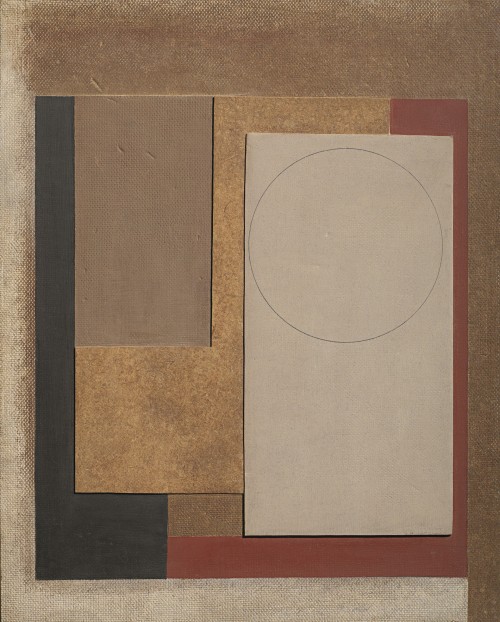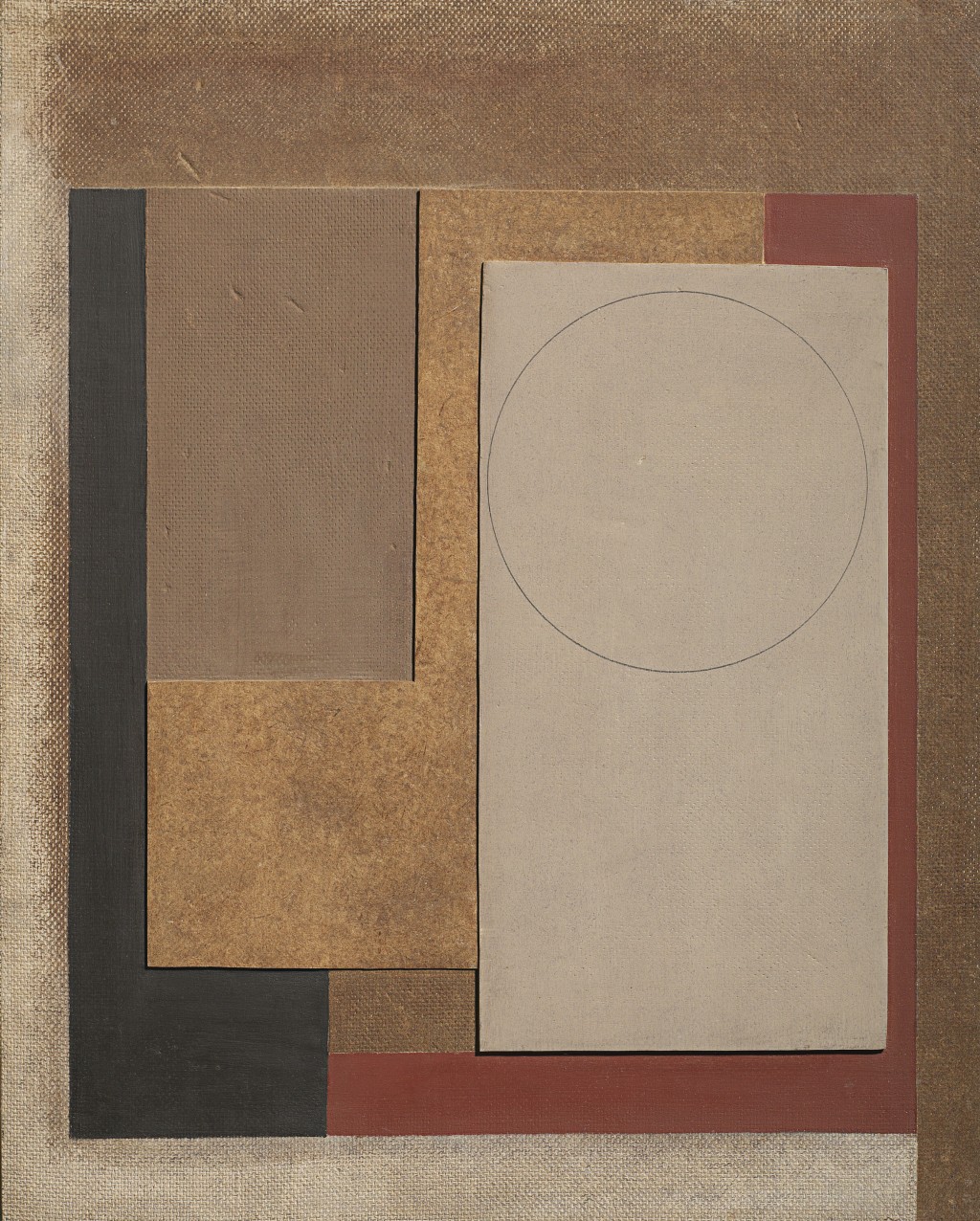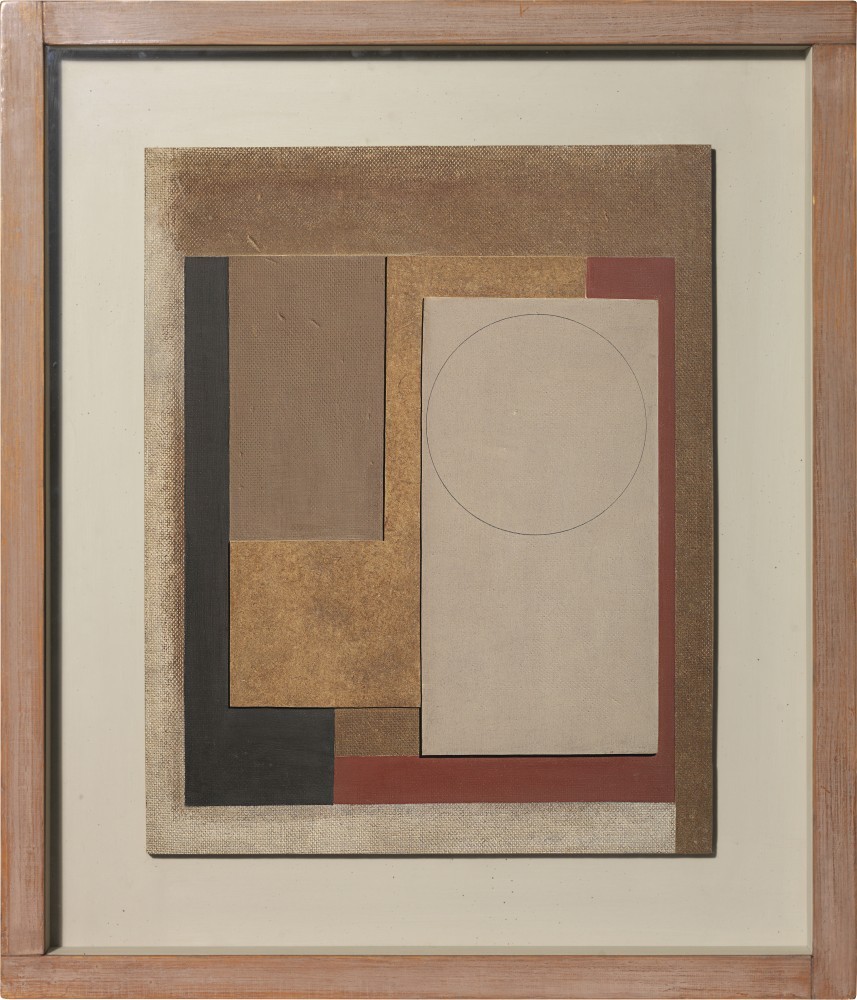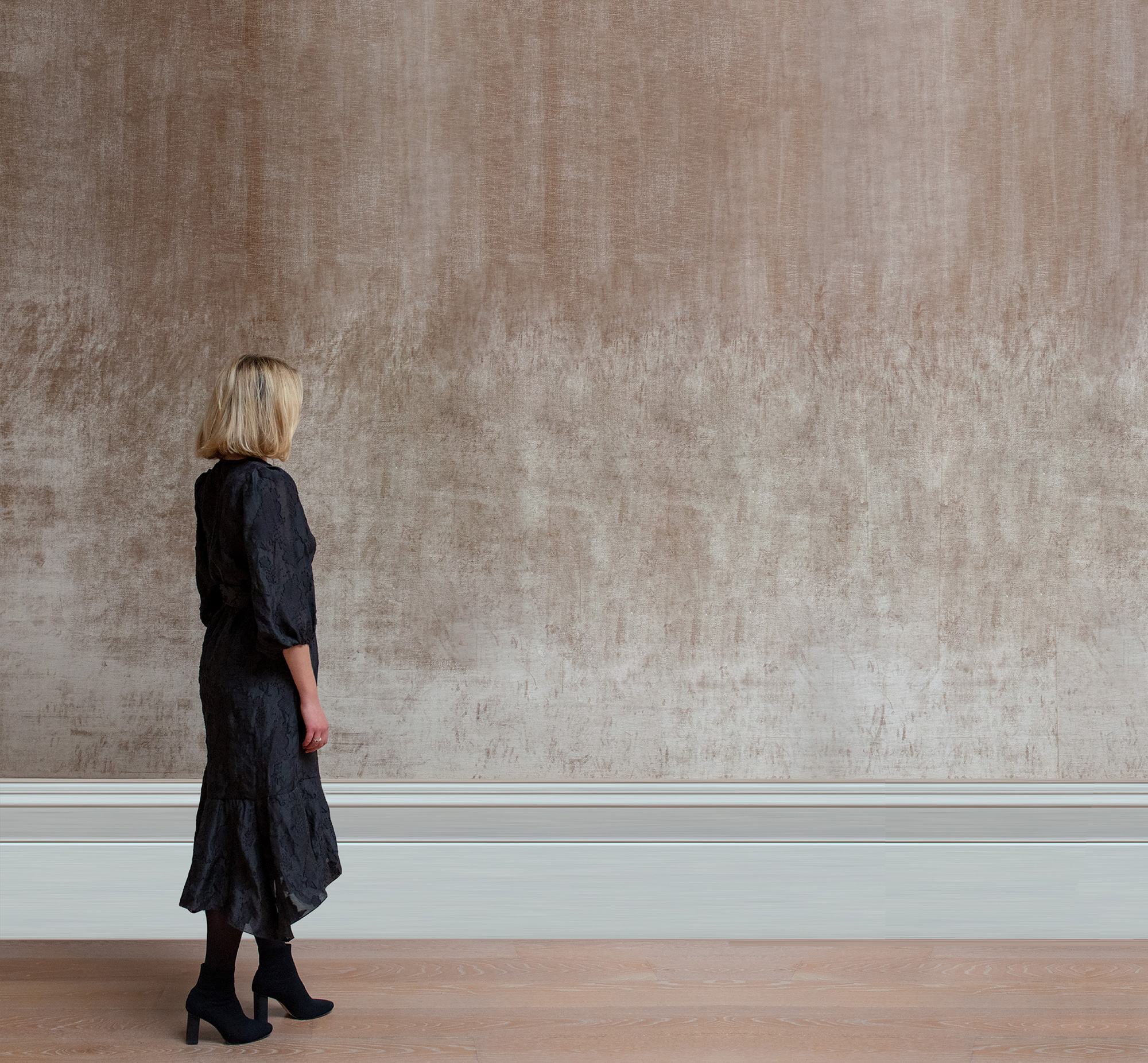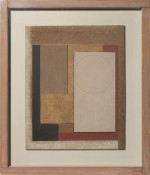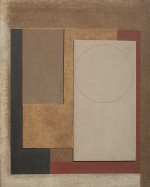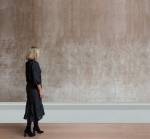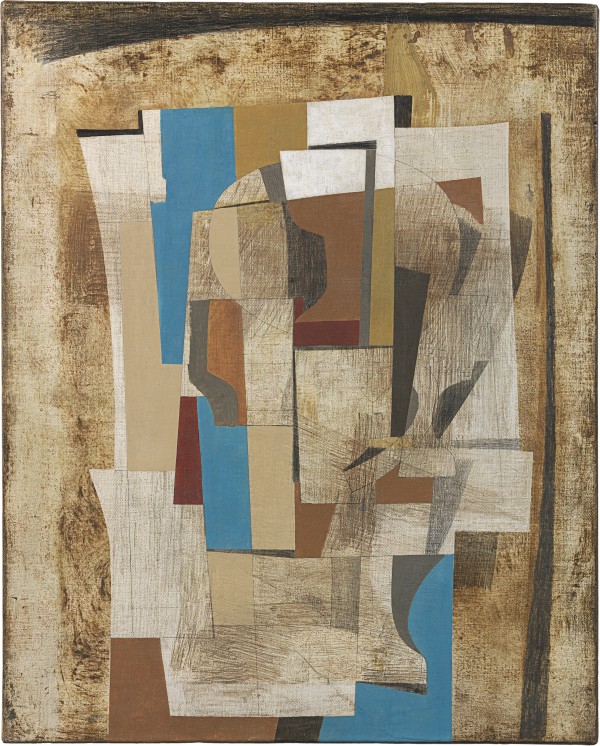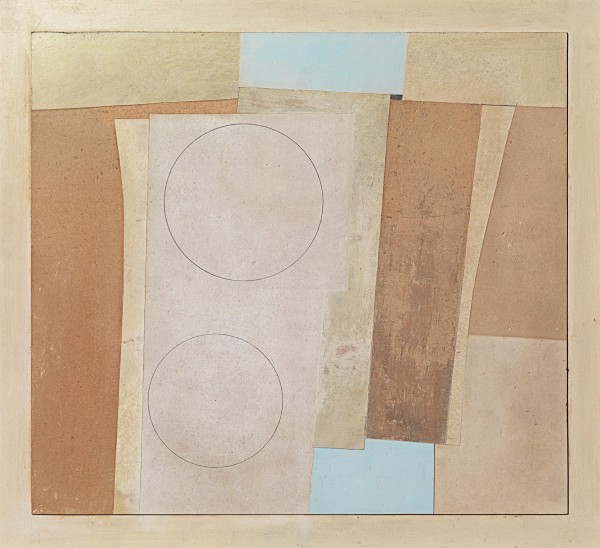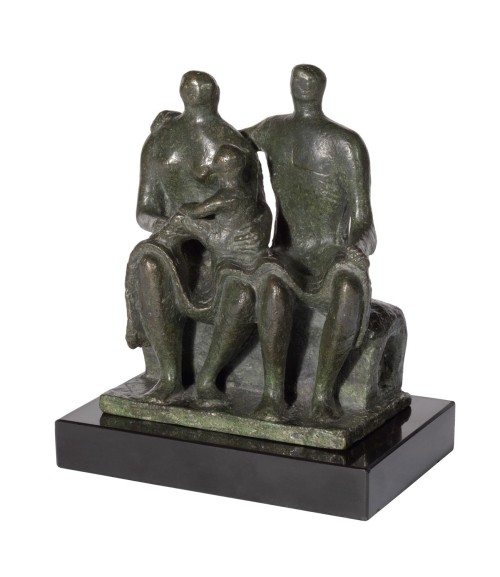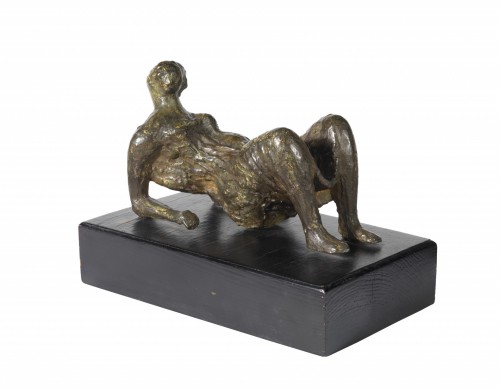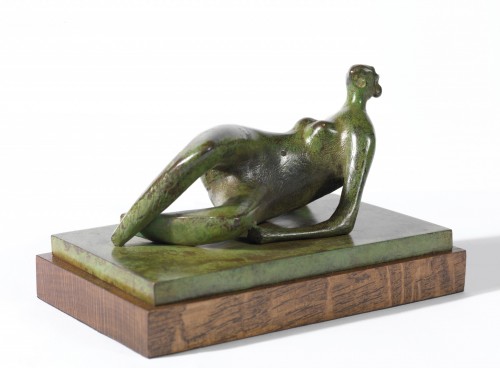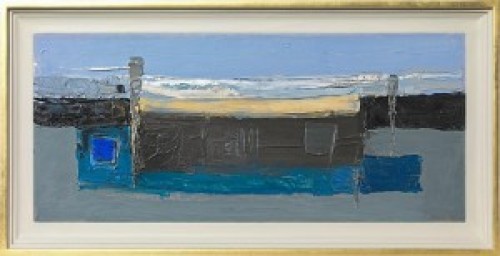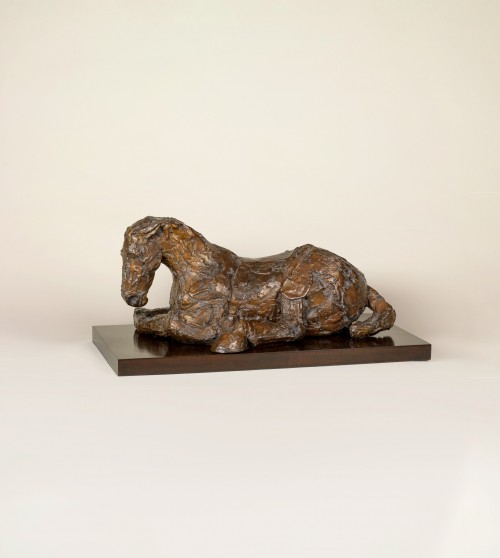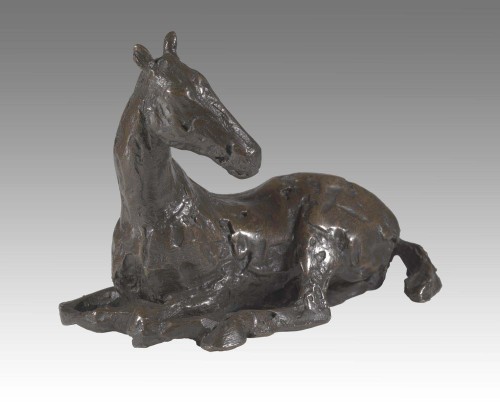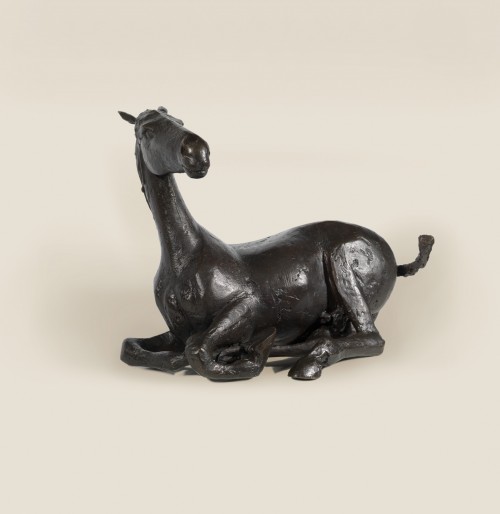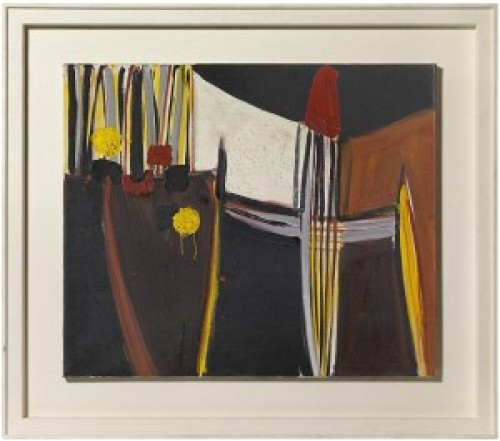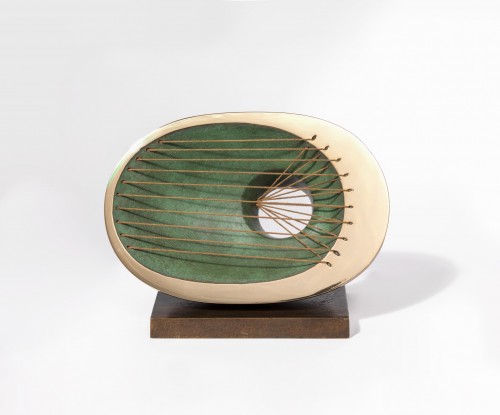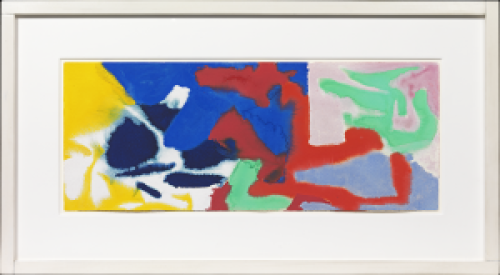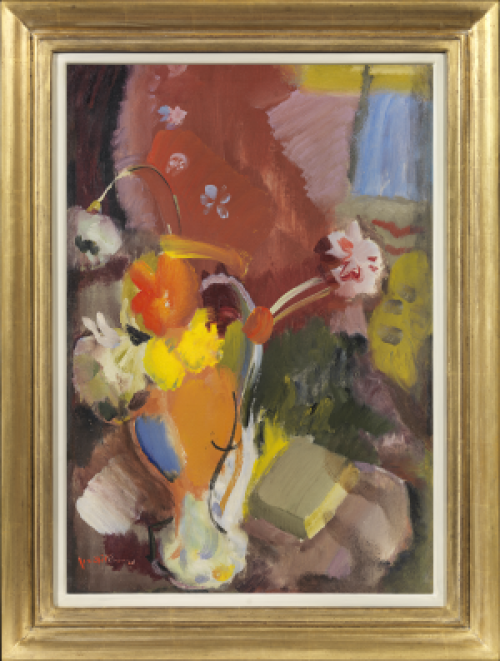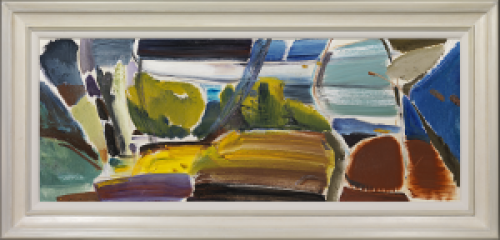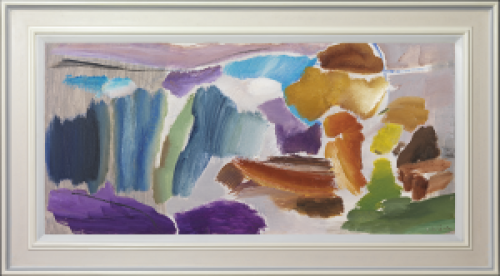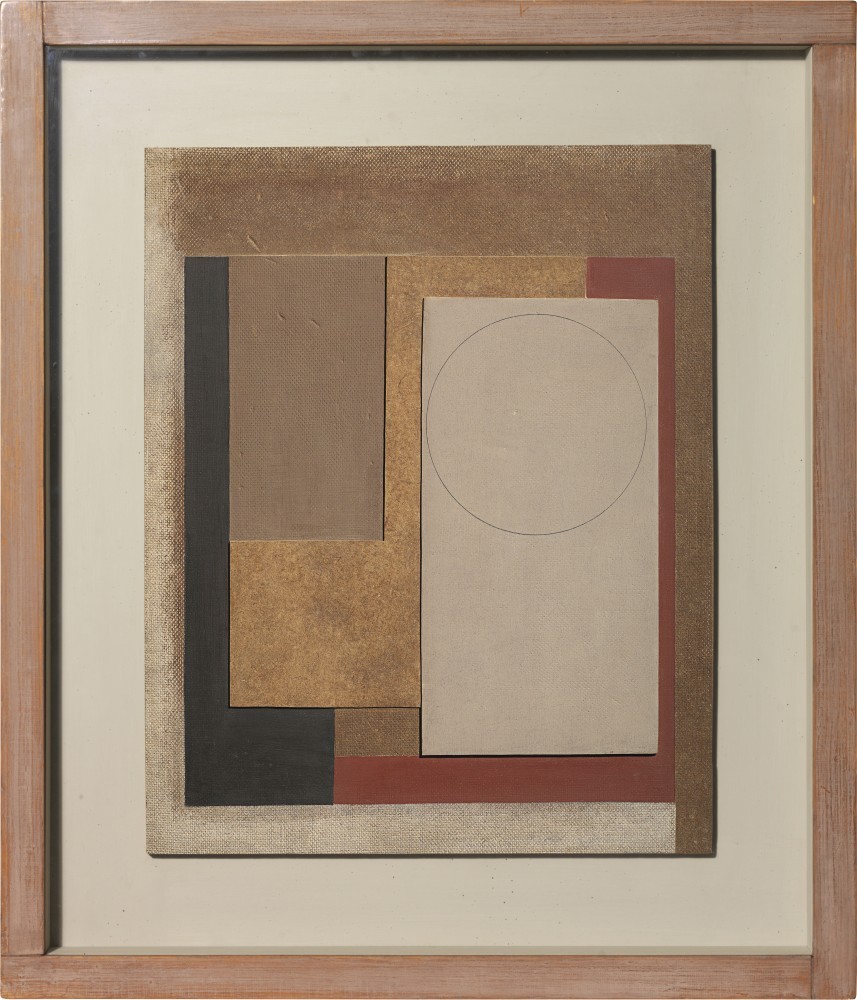BEN NICHOLSON
Denham 1894 - 1982 London
Ref: CD 118
1955-56 (umber & light red)
Signed, dated and inscribed with the title on the reverse:
Ben Nicholson / 1955-56 / (umber & light red)
Oil and pencil on carved board relief:
20 ½ x 16 5/8 in / 52.1 x 42.2 cm
Frame size: 29 x 25 in / 73.7 x 63.5 cm
Provenance:
Galerie de France, Paris
Gimpel Fils, London;
Mr and Mrs Frank H. Porter, acquired from the above in October 1963
Christie’s London, 19th November 2004, lot 206;
Richard Green, London;
private collection, USA, acquired from the above February 2005
Exhibited:
Paris, Galerie de France, Ben Nicholson, April 1956, no.1
Zurich, Galerie Charles Lienhard, Ben Nicholson, January–February 1959, no.29; this exhibition toured to Hanover, Kestner-Gesellschaft, February–April 1959, no.49; Mannheim, Städtische Kunsthalle, April-May 1959, no.49; and Essen, Folkwang Museum, May-June 1959
To be included in the forthcoming catalogue raisonné of the paintings and reliefs of Ben Nicholson currently being prepared by Dr Rachel Smith and Dr Lee Beard.
Jeremy Lewison comments on the reliefs that Ben Nicholson made during the mid-1950s: ‘their surfaces have been scraped and sanded so that the paint appears inherent in the wood. This manner is distinctively different from the coloured reliefs of the 1930s where no attempt was made to disguise the fact that paint was applied to the support. A visit to Brittany in 1948, where he visited some of the Neolithic sites, had made a considerable impression. He observed standing stones weathered by age and scarred by the action of nature. The experience was not fully assimilated until the 1960s but in the reliefs of the 1950s it was beginning to manifest itself. Often pale and chalky, these works feel remarkably northern European when compared with the southern [reliefs]. Nicholson had an uncanny ability not only to suggest different geographies but also different climates’ (Ben Nicholson, exh cat., Museum of Modern Art, 2004, p.108).
Born in Denham, Buckinghamshire in 1894 Ben Nicholson is amongst the most celebrated and internationally recognised British painters of the 20th century. The son of the renowned artist Sir William Nicholson, he attended the Slade School of Fine Art in London from 1910-11 and between 1911 and 1914 he travelled in France, Italy and Spain and briefly lived in Pasadena, California in 1917-18. From 1920-31 he was married to the artist Winifred Nicholson and together they lived in Switzerland, London and Cumberland. His first one-man exhibition was held at the Adelphi Gallery in London in 1922 and shortly thereafter he began to work on abstract paintings which were influenced by Synthetic Cubism. In 1926 he met Christopher Wood and in 1928, during a visit to Cornwall, he met the naïve painter Alfred Wallis. Both were to become important influences on his work and he became a member of the Seven and Five Society.
By 1928 he had adopted a primitive style which was inspired by Henri Rousseau and early English folk art. From 1931 Nicholson lived in London where he first met Barbara Hepworth and Henry Moore, in 1933, with Hepworth, he visited Jean Arp, Constantin Brancusi, Georges Braque and Pablo Picasso in France and they were encouraged by Jean Helion and Auguste Herbin to join Abstraction-Création. In 1934 he met Piet Mondrian and married Barbara Hepworth. During this period his White Relief paintings were considered to be amongst the most important new styles in international abstract art and in general his reliefs are felt to be his greatest works. In 1937, with Naum Gabo and Sir Leslie Martin, Nicholson edited CIRCLE, the monograph on constructivist art which laid down the guidelines and principles of the modern movement and was to become a landmark influence on the thinking of architects and art historians.
In 1939 the Nicholson family moved to Cornwall and Nicholson resumed painting landscapes and began to add colour to his abstract reliefs. In 1945-46 he turned from reliefs to linear, post-cubist paintings and in 1952 he was commissioned to paint a mural for the Time-Life Building in London. In 1954 retrospectives of his work were held at the Venice Biennale and at the Tate Gallery, London, a second Tate retrospective followed in 1969.
In 1958 he moved to Switzerland where he lived until 1971 and began to concentrate once more on painted reliefs. In 1964 he made a concrete wall relief for the Documenta III exhibition in Kassel, Germany and in 1968 was awarded the Order of Merit by Queen Elizabeth. Nicholson returned to England in 1971, living until 1974 in Cambridge and then in Hampstead, London, where he died in 1982.

